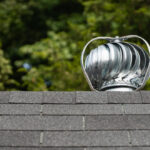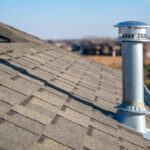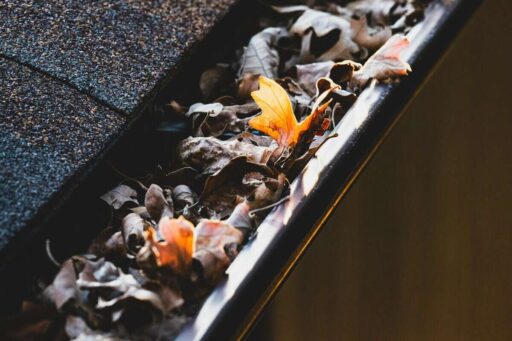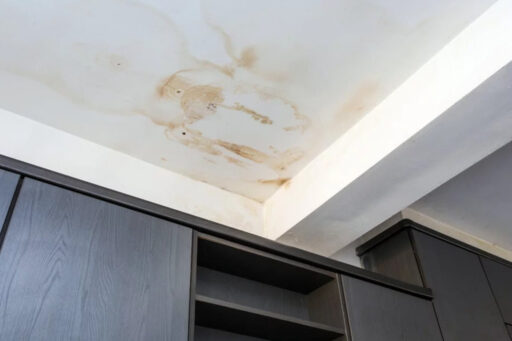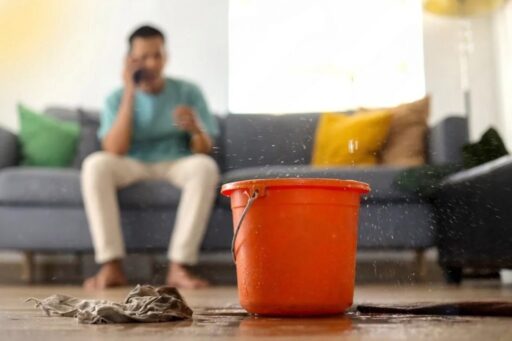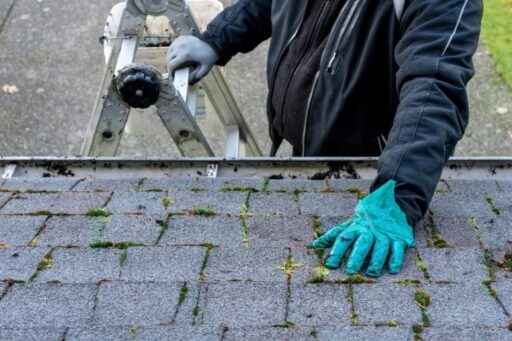Your roof is more than just a protective covering—it’s a critical shield defending your home against nature’s most challenging elements. Understanding when to replace your roof shingles can save you from costly structural damage, prevent interior water damage, and maintain your property’s overall integrity.
The Critical Role of Roof Shingles
Roof shingles are your home’s first line of defence against rain, snow, wind, and extreme temperatures. Made from various materials like asphalt, wood, metal, or slate, these protective layers work tirelessly to keep your living space dry and secure. However, like all components of a home, they have a finite lifespan and will eventually require replacement.
1. Age and Manufacturer’s Warranty
The age of your roof is a fundamental indicator of potential replacement needs. Most asphalt shingle manufacturers design their products with specific lifecycle expectations:
- Standard asphalt shingles typically last 15–20 years
- Architectural or dimensional shingles can endure 25–30 years
- Premium shingles may offer protection for up to 50 years
Professional roofing assessments reveal that standard asphalt shingles in Vancouver demonstrate an accelerated performance trajectory. Local experts document approximately 20-30% faster material degradation compared to inland territories, with precise breakdown rates influenced by neighbourhood-specific environmental conditions.
Tracking your roof’s installation date and understanding the manufacturer’s warranty provides crucial insights into potential replacement timelines. Homes in regions with extreme weather conditions might experience accelerated shingle degradation, necessitating earlier replacement.
2. Visible Shingle Damage and Deterioration
Professional roof inspectors emphasize a meticulous examination process that extends far beyond superficial observations. In Vancouver’s maritime environment, visual deterioration manifests through complex molecular structural changes that require sophisticated diagnostic approaches.
Visual inspection reveals critical information about your roof’s condition. Key signs of deterioration include:
- Curling or cupping shingle edges, indicating moisture absorption and structural compromise
- Cracked or broken shingles exposing underlying roofing materials
- Missing shingles creating vulnerable spots in your roof’s protective layer
- Granule loss, evidenced by bare patches or excessive granules in gutters
- Moss or algae growth suggesting prolonged moisture retention
Professional roof inspectors recommend detailed examinations at least twice annually—typically during spring and fall—to catch early warning signs.
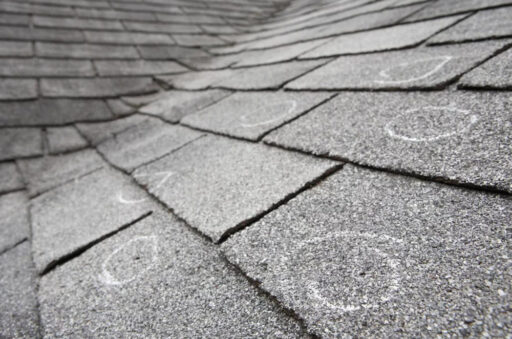
3. Persistent Water Leaks and Interior Damage
Water represents the most destructive environmental element in Vancouver’s coastal ecosystem. The city’s persistent maritime atmosphere generates sophisticated moisture infiltration channels that often remain undetected until substantial structural damage occurs.
Vancouver’s unique environmental profile—characterized by annual precipitation averaging 1,153 millimetres and relative humidity consistently between 75-85%—creates an ideal environment for progressive moisture-driven material degradation. The continuous marine layer introduces complex moisture interaction mechanisms that systematically compromise roofing material molecular structures.
Water infiltration represents a serious concern for homeowners. Indicators of potential roof failure include:
- Water stains on ceiling surfaces
- Dampness in attic spaces
- Peeling paint near roof edges
- Unexplained musty odours suggesting hidden moisture
- Visible mould growth on interior walls or ceilings
These symptoms suggest that your roof’s waterproofing capabilities have been compromised, potentially requiring immediate intervention.
4. Structural Sagging and Underlying Deck Damage
Beyond surface-level observations, comprehensive roof assessment demands a holistic evaluation of structural integrity. Vancouver’s environmental conditions generate subtle yet critical structural stress mechanisms that progressively compromise roofing system performance.
Roof structural integrity goes beyond surface-level shingle condition. Critical signs of deeper issues include:
- Noticeable roof sagging or uneven surface contours
- Soft or spongy feeling when walking on the roof
- Visible wood rot in roof decking
- Compromised roof frame structures
- Interior ceiling showing signs of structural stress
Structural damage often indicates more than simple shingle replacement, potentially requiring comprehensive roof reconstruction.
5. Energy Efficiency and Thermal Performance
Contemporary roofing technologies in Vancouver integrate advanced materials designed to optimize thermal regulation within the city’s unique maritime ecosystem. Modern shingle systems incorporate sophisticated reflective technologies that minimize solar heat absorption while providing superior insulation capabilities.
Modern roofing technologies offer significant energy management capabilities. Signs that your roof might be underperforming include:
- Increased heating and cooling costs
- Inconsistent indoor temperature regulation
- Drafts or air leakage from ceiling areas
- Reduced thermal insulation performance
Contemporary roofing materials incorporate advanced reflective technologies and improved insulation properties, making roof replacement an opportunity to enhance home energy efficiency.
Professional Assessment: Your Best Strategy
While these indicators provide valuable insights, professional roof inspections remain the most reliable method for determining replacement necessity. Certified roofing professionals utilize specialized equipment and expertise to:
- Conduct comprehensive roof assessments
- Identify subtle damage indicators
- Provide precise replacement recommendations
- Estimate potential repair or replacement costs
- Recommend appropriate roofing materials for your specific environmental conditions
Financial Considerations and Planning
Roof replacement represents a significant home improvement investment. Strategic planning involves:
- Budgeting for potential replacement
- Understanding insurance coverage options
- Exploring financing mechanisms
- Comparing material and installation costs
- Considering long-term value versus immediate expense
Conclusion
Proactive roof maintenance and timely shingle replacement protect your most valuable asset—your home. By recognizing early warning signs and investing in professional assessments, homeowners can prevent extensive damage, maintain property value, and ensure continued comfort and safety. Remember, your roof silently works 24/7 to protect your living space. Treating it with informed, strategic maintenance is not just a home improvement task—it’s a critical investment in your property’s longevity and your family’s well-being.
